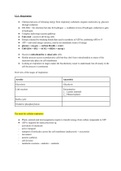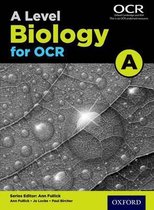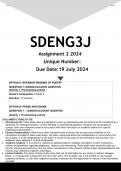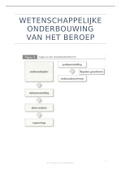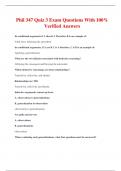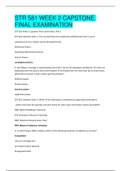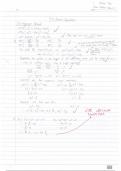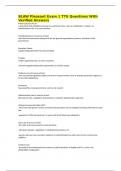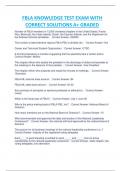College aantekeningen
B5.2.1: Respiration - OCR A Biology A level A* student notes
- Vak
- Instelling
- Boek
These notes use information from two textbooks, the internet and extra information from my lessons, and cover each specification point for this topic. They are fully comprehensive and include diagrams etc. Helped me achieve an A* in Biology A level.
[Meer zien]
